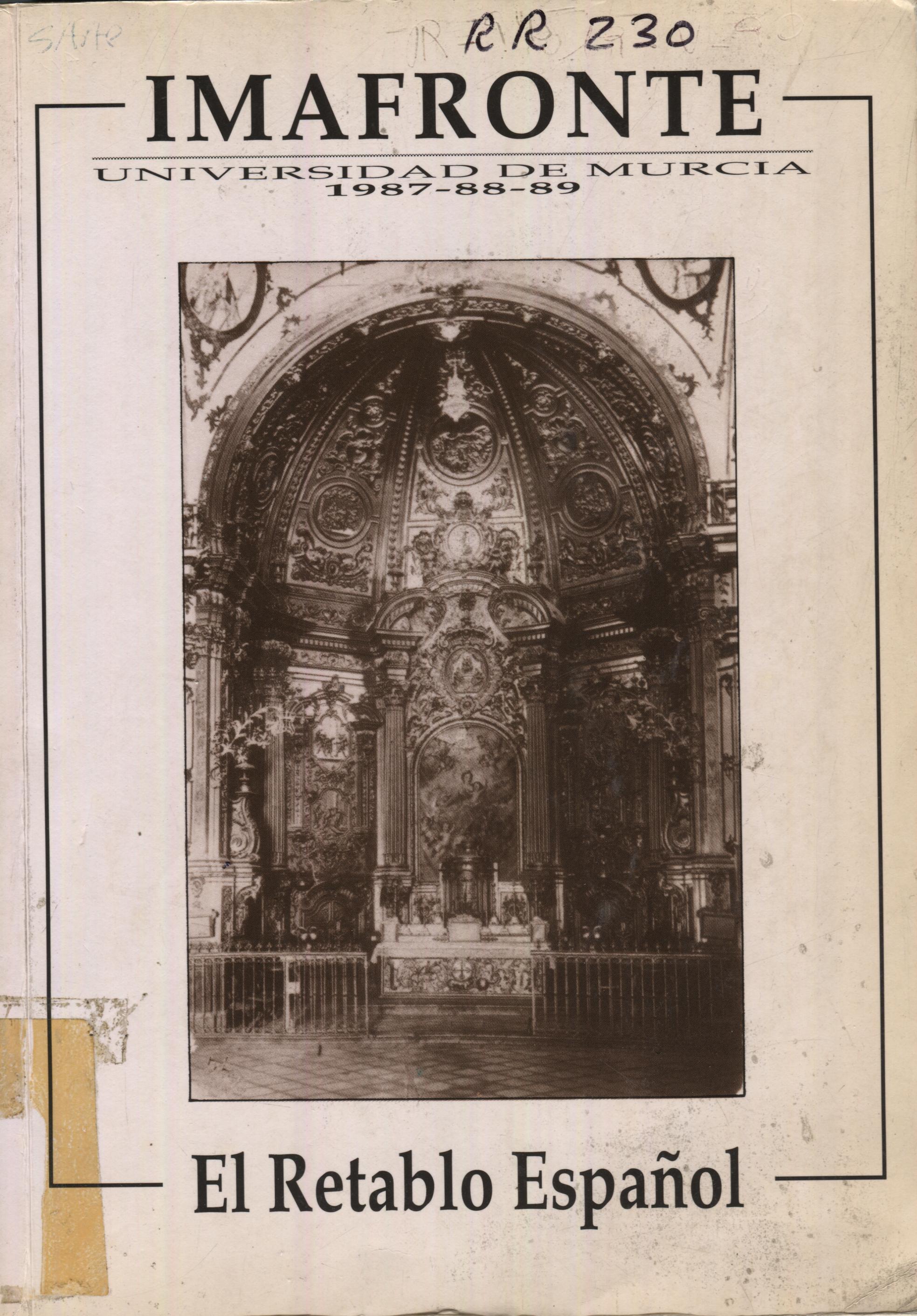EL RETABLO GADITANO DEL NEOCLASICISMO
Abstract
In Cádiz, the neoclassic retable is one of the elements defining better the present city in its nineteenth-century features. Though after the evil year of 1596 Cádiz arises as a baroque city artistically depending both on Sevilla and on the traditional import of Genoese marbles, the last decades of the XVIIIth century bring in the adoption of new classicistic conceptions which are going to steady themselves down into the city life because of various reasons: the foundation of the Academy of Fine Arts in 1789, with a double action of training and control, the new City Regulations of 1792, or the characteristics of the early illustrated Gaditan society, both bourgeoisie and noblesse, from which very important patrons did arise. The typology of the retables is inspired upon the works,of the italian manierist preceptors; among the main reredos we muy differenciate two types: the parietal one, with a monumental character, and the tabernable, influenced by Herrera and Bernini. These works were made in marble and, when it was not possible to use it, in wood and stucco imitating marble. So solemn and classicistic architectures build the frame for the iconography, comparativel y reduced in relation to the baroque period: the former repertoires are simplified, but it remains the same subjects. The titular image, usually a carving, is generally placed in the niche of the body, the attic being usually reserved for a painting, the subject of which related to the tutelar Saint.Downloads
-
Abstract346
-
PDF (Español (España))384
1. The authors non-exclusively assign the exploitation rights (reproduction, distribution, communication and transformation) to the magazine.
2. The works published in this magazine are subject to the Attribution-ShareAlike 4.0 International license (CC By SA 4.0). Therefore, they can be copied, used, disseminated, transmitted and publicly displayed, provided that:
i) the authorship and the original source of its publication (journal, editorial and URL of the work) are cited, thus allowing its recognition.
ii) it is allowed to remix, transform or create from the material while maintaining the same license as the original.

3. Self-archiving conditions. Authors are allowed and encouraged to electronically disseminate the pre-print (version before being evaluated) and/or post-print (version evaluated and accepted for publication) versions of their works before publication, as it favors their publication. Earlier circulation and diffusion and with it a possible increase in its citation and reach among the academic community. Color RoMEO: verde.






















